Updated May 2024
Being a history buff, I loved visiting the historical sites in Lisbon Portugal. I wanted to write the Lisbon travel series chronologically as I often do after returning from my journeys but it was impossible here.
Every plan I had for the particular day – to visit this and that and leave other “this and thats” for tomorrow, was constantly interrupted by the city itself.
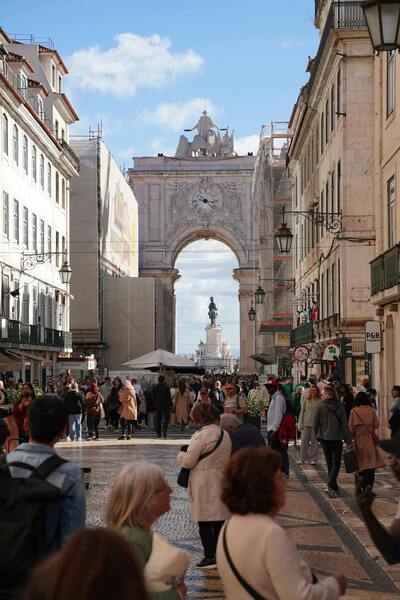
I was trying to keep up with my itinerary but something would always surprise me along the way diverting me to another direction.
Well, the whole city is like a giant monument. So don’t plan, walk around and enjoy it.
Things to See in Lisbon
Here are a few things to see including some special places that are historical sites in Lisbon Portugal that people usually don’t know of. One of my first awe-inspiring sites was Rua Augusta.

The pedestrian path from Praca do Rossio towards the Tagus river bank is a vibrant cobblestone street with shops and cafes on both sides, full of people enjoying a sunny day, and adorned with embedded mosaics of round shapes. It was late November when I was in Lisbon and the Christmas decorations started to appear.
I was surprised at how straight the street is ‘ just long and straight. It ends with the huge and richly decorated arch at the Praca do Comercio – the popular Triumphal Arch.
The district is called Baixa and is one of the most popular neighborhoods of the city.

Until the Lisbon earthquake in 1755 (after most of the city was rebuilt to its present appearance), the district was full of houses standing on small pillars due to frequent flooding from Tagus.
The after-earthquake plan was to construct a grid of streets that were to be 12 meters wide and paved. Each square was assigned to a different craft and the city was to be home to some stunning architectural solutions. Don’t miss street names such as Rua do Ouro (gold) or Rua dos Sapateiros (shoemakers).
Historical Sites in Lisbon Portugal
They say that Ribeira or the Royal Palace was home to Portuguese kings for 250 years, from the 16th century to the earthquake in 1755. After that, King Jose I didn’t want to be “enclosed” anymore and chose to live in the group of pavilions in the Ajuda hills. The palace was thus never rebuilt. It was situated at Praca do Comercio.
Not far from this square, you will find another one of those lovely historical sites in Lisbon Portugal. For example, Praca do Municipio is not to be missed, and here is why.

The Town Hall on this square was built in 1864. In front of it, you will see the 18th-century Pelourinho, the monument that symbolizes justice today but was once the place of hanging the condemned.
Another building evokes some gloomy historical events. On Praca do Rossio there is the Dona Maria II National Theater building, imposing in size and appearance. The Theater occupies the former site of the Palace of the Inquisition.

While there, look to the left at the decorative Rossio Station with an arched entrance, facing the Church of Santo Domingo that dates back to the 13th century. Many sentences of the Holy Inquisition were declared right here in this church.
“Mischievous” district
Next to Baixa, there is another lovely district to visit. It is called Chiado after the nickname of the Poet-Friar Antonio Ribeiro, said my local guidebook. He lived in the area in the 16th century and was known as mischievous (chiado in Portuguese).

This is where Café a Brasileira is to be found, a favorite meeting place of Lisbon intellectuals from its founding in 1905 to this day, with poet Fernando Pesoa’s statue next to its terrace. This is such a charming square with some stunning mosaics. (Read more about it in the Lisbon City Center post.)
By taking the Elevador de Santa Justa you can reach the hill with the Convento do Carmo from the Baixa area.
It has been the Archeology Museum of Carmo since the end of the 19th century and is considered a real jewel of Lisbon Gothic. It was built in 1423 and the earthquake in 1755 brought its ceiling down.
From the site of the building’s imposing silhouettes, one can see a good part of the city.
Lisbon Cathedral
In Ajuda district there is the significant National Museum of Ancient Art, but also the building of the Ministry of Foreign Affairs which was built in the 18th century and served as the official residence of the Portuguese kings until the abolition of monarchy in 1910.

Not very far from there, there is the April 25 Bridge, Lisbon’s Golden Gate with the Monument to The Christ on the Tagus bank. If you have time, visit the National Carriage Museum which I found interesting. It is not a typical sight you can find anywhere.
Let’s not forget the Castle of Saint George which is of Arab origin and was taken over in the 12th century. It provides a great view of the Alfama district. If you want to visit another good viewpoint, walk to the Miradouro Santa Lucia.
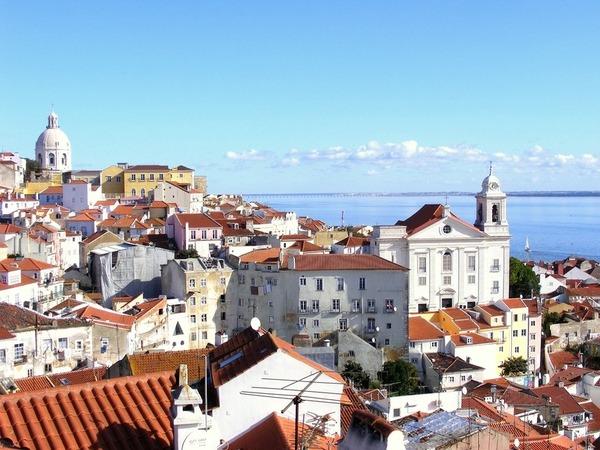
One of the most photographed street curves is the one with a yellow tram cruising in front of Lisbon Cathedral or Se. The cathedral was built in the 12th century on the site formerly occupied by a mosque.

They say that Saint Antony of Padua was baptized here in 1195. The Church of Santo Antonio stands where it is said that the saint was born in the late 12th century. Understandably, the city celebrates the saint as its patron and protector.
Next: A FADO FAREWELL
The full series about my BARCELONA – LISBON JOURNEY


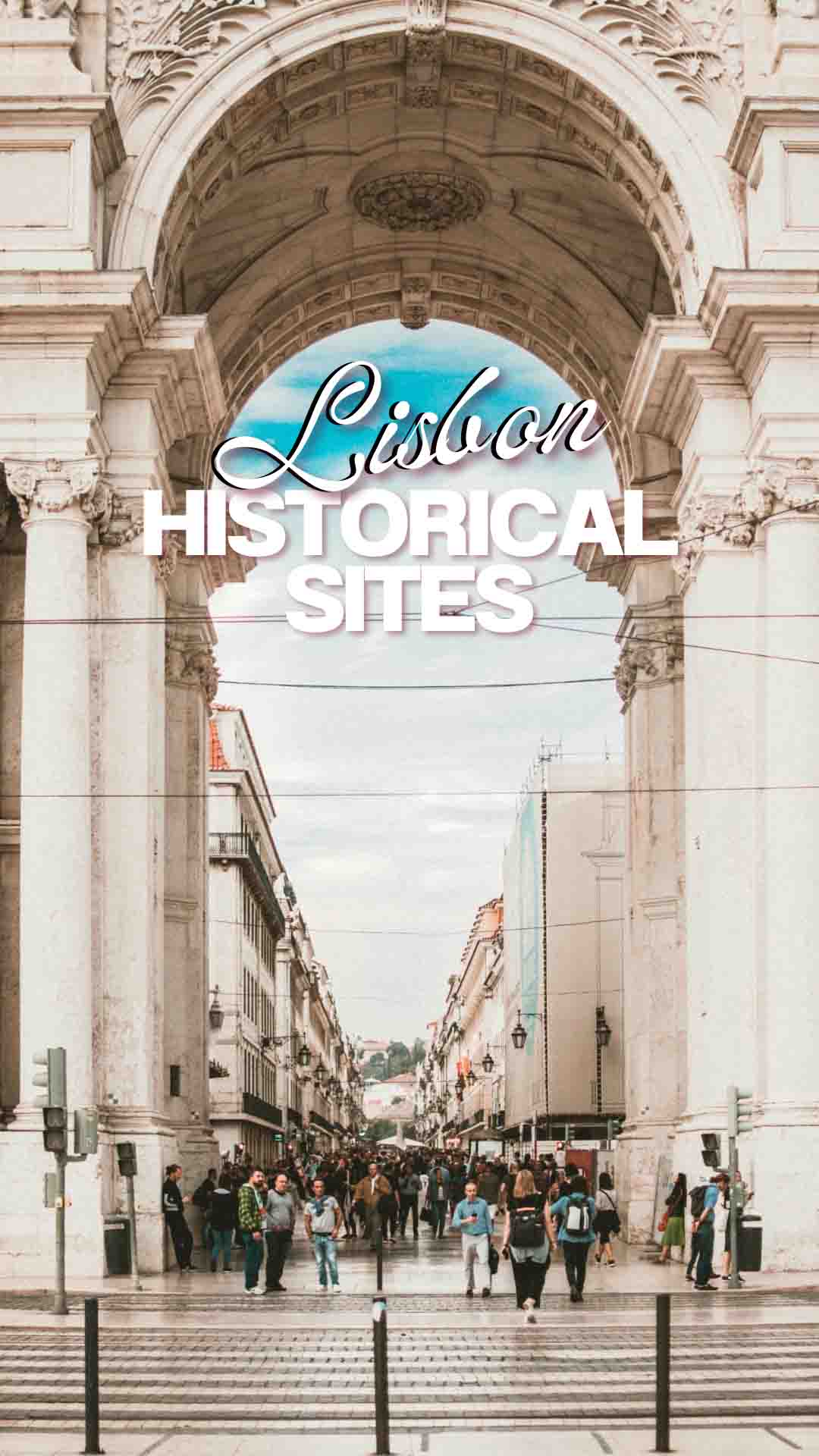
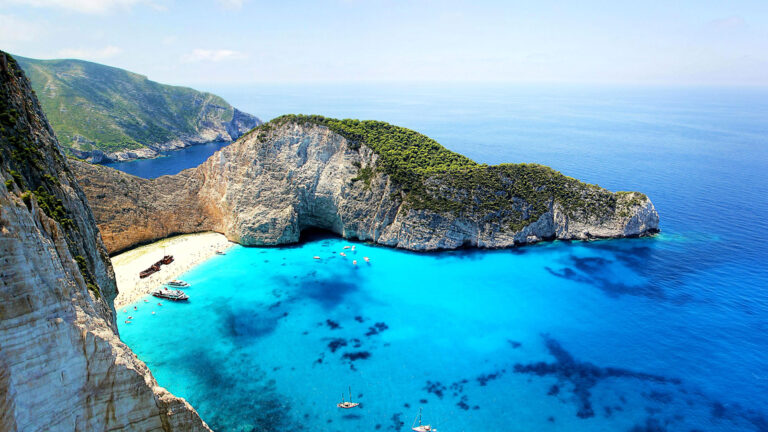
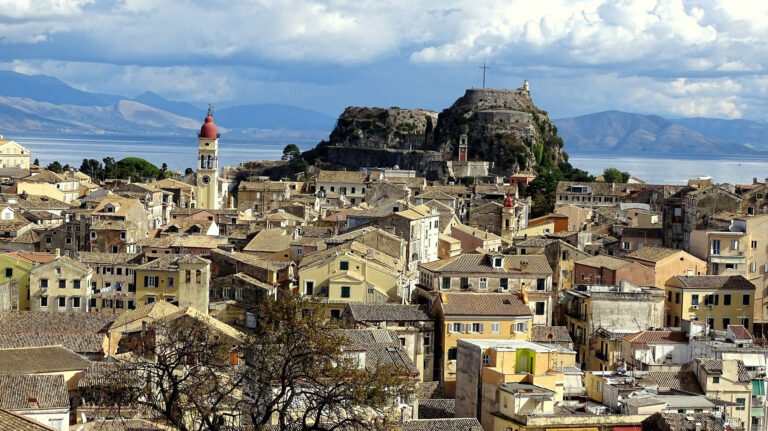
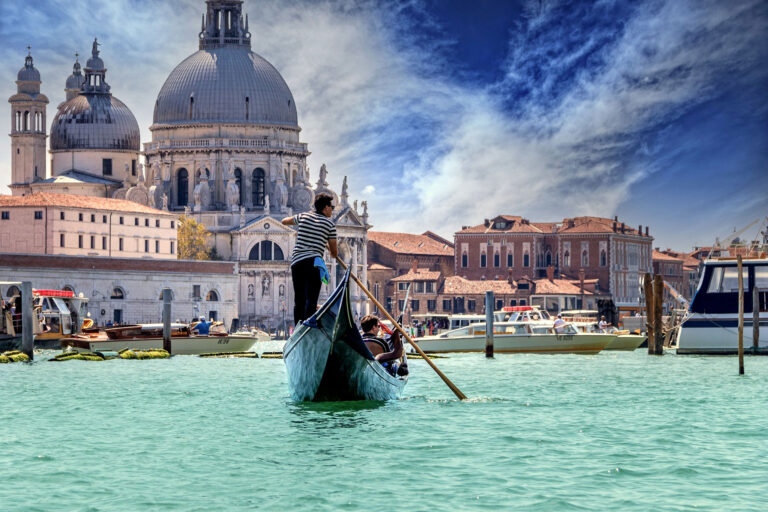
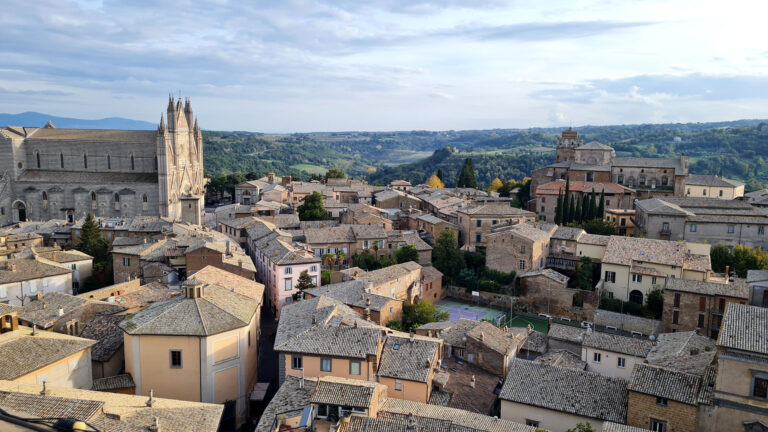




5 responses
Briefly and beautifully described. And the pictures are alluring ????
Oh, thank you, I’m so glad you’ve enjoyed reading it. 🙂
Indeed !!????
You know, I often have a layover in Lisbon but I never really get out to see the places. Next time I must because I am missing out on such beautiful architecture!
Feel free to browse the blog when you do, hope my posts would be helpful. I just fell in love with the city, so charming and unique! 🙂 And I’m a bit envious because of those frequent layovers of yours. 😉